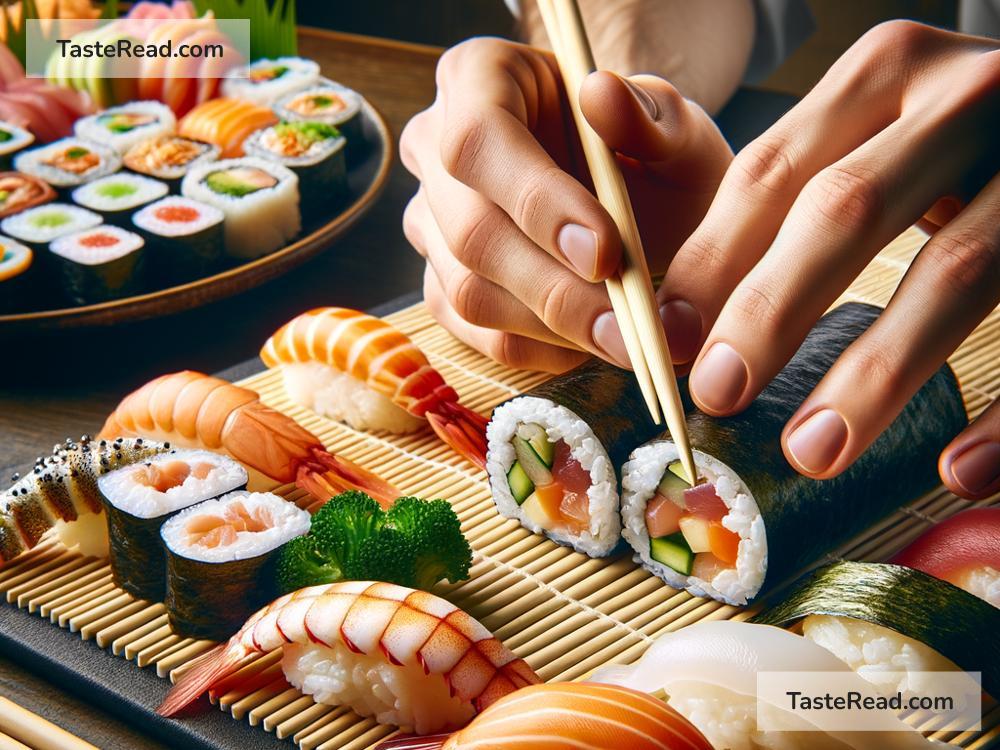How the Japanese Sushi Roll Evolved
When we think of Japanese cuisine, sushi is often one of the first dishes that come to mind. This delightful combination of vinegar-flavored rice, seafood, and often vegetables, wrapped in seaweed (nori), has captured the taste buds of people around the globe. However, what many might not know is that the sushi roll, particularly as we know it today, has a story of evolution that spans centuries.
The Origins of Sushi
To trace the evolution of the sushi roll, we must first dive into the origins of sushi itself. The concept of sushi began in Southeast Asia and made its way to Japan around the 8th century. Originally, sushi was not the culinary treat we enjoy today; it was a method of preserving fish. Fish was salted and wrapped in fermented rice. After a period, the rice was discarded, and the fish was consumed. This method was a necessity before the invention of modern refrigeration.
Nare-zushi: The First Sushi
The earliest form of sushi in Japan was known as nare-zushi. It was made with rice and fish, but the notable difference was that the rice was not eaten but used to ferment the fish over time. It was a time-consuming process, taking months before the fish could be eaten, with the rice being thrown away. Over time, this method evolved as people began to consume the rice with the fish.
Haya-zushi: The Beginning of Modern Sushi
As the sushi concept evolved, the development of haya-zushi in the Edo period (1603-1868) marked a significant change. This method allowed for the consumption of sushi as a meal, with the rice and fish eaten together. Haya-zushi was the first step toward what we recognize as sushi today. It was during this time that vinegar was introduced to the rice, creating a taste and preservation technique similar to modern sushi.
Nori-Maki: The Birth of the Sushi Roll
The turning point in the journey of sushi came with the invention of nori-maki in the 19th century. Nori-maki translates to “seaweed roll,” where sushi rice and fish were rolled inside a sheet of nori seaweed. This innovation made sushi more accessible and easier to eat, especially for those on the move. The sushi roll was a quick meal that could be enjoyed by everyone, from samurais to theater-goers.
The Sushi Roll Goes Global
Fast forward to the 20th century, and sushi began to make its way across the oceans. One of the most critical moments in the globalization of sushi was the creation of the California roll in the United States. The California roll turned traditional sushi inside out; literally, with the rice on the outside and the nori on the inside. Avocado was substituted for tuna, making it more palatable to the American palate unfamiliar with raw fish. This innovation marked a significant moment in sushi’s international journey, making it a global phenomenon.
Contemporary Sushi Rolls
Today, sushi rolls come in myriad forms, showcasing the creativity of sushi chefs worldwide. From the spicy tuna roll to the elaborate dragon roll, sushi has been adapted to meet local tastes while retaining its core principles. It incorporates a variety of ingredients beyond fish, including vegetables, tropical fruits, and even cream cheese, demonstrating sushi’s ability to evolve and adapt.
The Spirit of Innovation
The evolution of the sushi roll from a method of preserving fish to a global culinary staple is a testament to the spirit of innovation embedded in Japanese culture. Each change in its preparation, from nare-zushi to contemporary rolls, reflects not only shifts in culinary techniques but also in the way people interact with food. Sushi’s journey is ongoing, with chefs around the world continuing to push the boundaries of what sushi can be.
In conclusion, the sushi roll is more than just a meal; it’s a story of transformation and innovation. From its humble beginnings to its place on the global gastronomic stage, sushi has continuously evolved while remaining deeply rooted in its origins. As we enjoy our favorite sushi rolls, we partake in a tradition that has spanned centuries, and we look forward to where this culinary journey will take us next.


